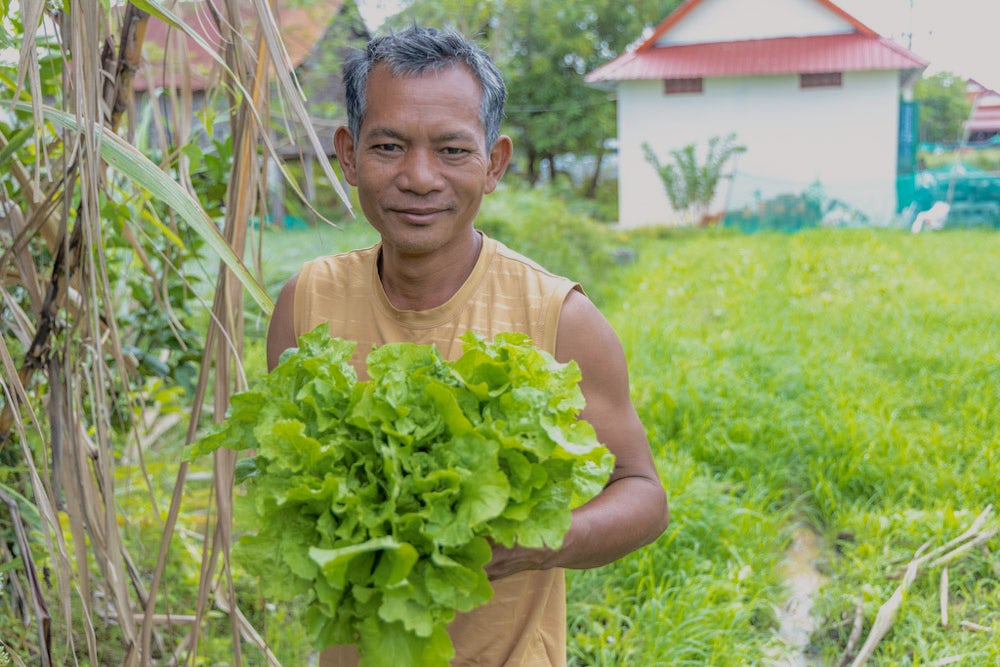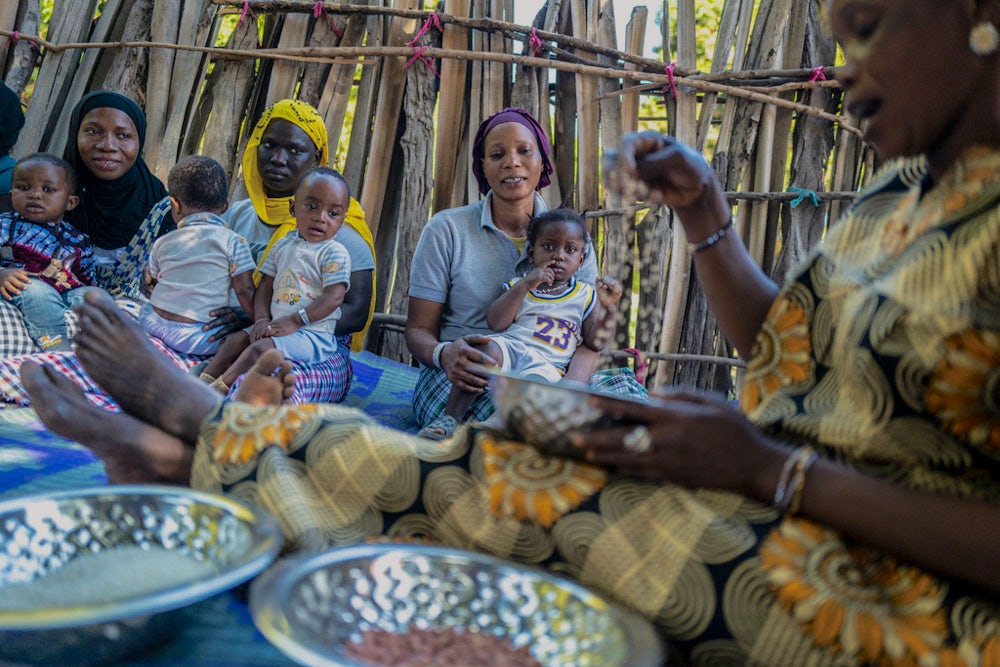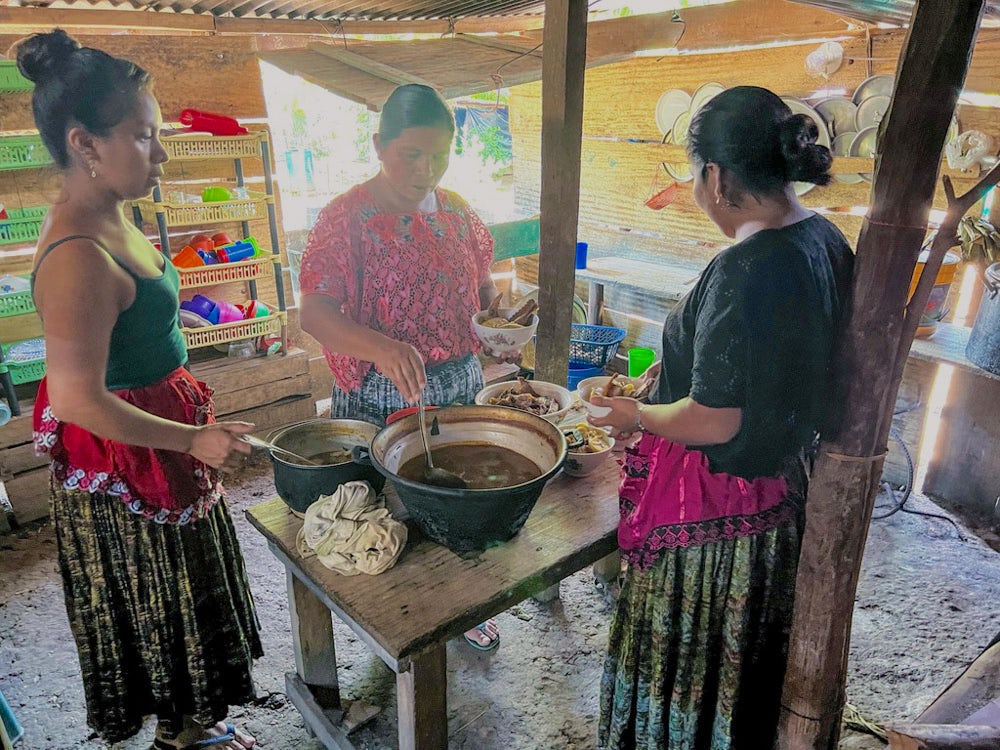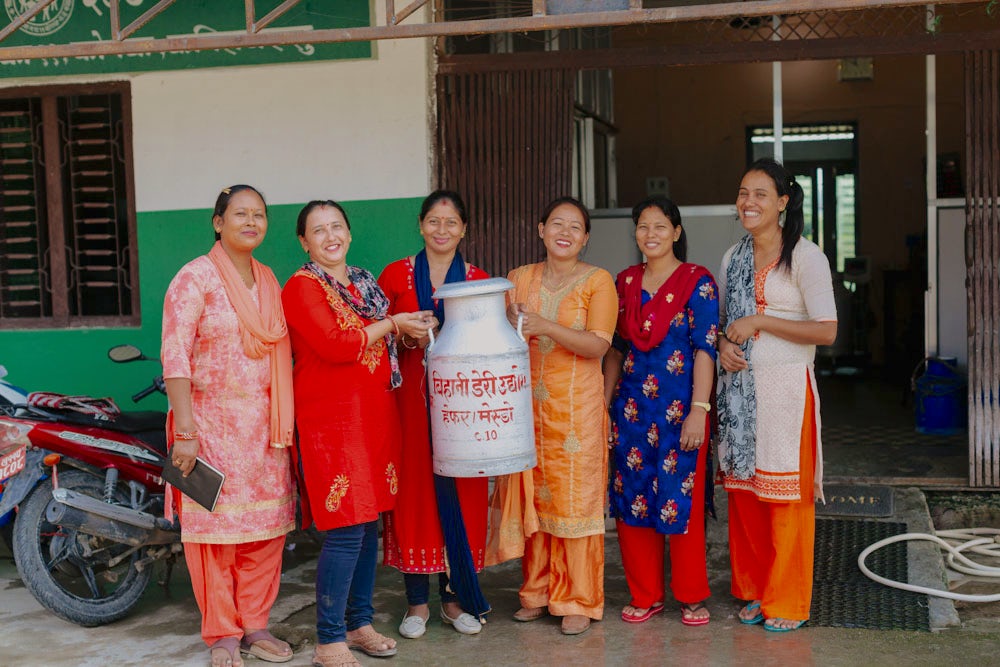Global hunger and food insecurity are critical challenges that affect millions of people worldwide. While the world produces enough food to feed the global population, the issue persists due to complex underlying causes. In this article, we'll explore the reasons behind global hunger and food insecurity, the impact on communities and potential solutions to this pressing problem.

Hunger and food insecurity are interconnected issues that refer to inadequate access to nutritious, safe and sufficient food. Food insecurity can range from a mild and intermittent shortage of food to hunger, which is a severe and chronic lack of food.
Food insecurity is the inability to consistently meet nutritional and caloric needs. Households that are food insecure may worry about running out of food, may not consume an adequate diversity of nutrients or may make compromises in the quality and quantity of meals.
Hunger is the physical discomfort caused by insufficient food intake. In humanitarian aid and global development, it's much more serious, referring to the experience of going prolonged periods of time unable to consume enough calories to maintain health. Chronic hunger can lead to malnutrition and even starvation, posing a severe threat to mental and physical health and child development.
These problems can have profound social, economic and health implications, and can often be exacerbated by various factors, including poverty, inequity, conflict, climate change and economic instability.
In a world that produces enough food for everyone, millions still face hunger and food insecurity. Understanding the root causes of the global food crisis is essential to finding effective solutions.
Poverty: Poverty is a leading cause of food insecurity. Impoverished communities often lack access to resources, education and employment opportunities, making it difficult for them to secure enough food for their families.
Climate Change: Climate change disrupts agriculture, reducing crop yields and impacting the availability and affordability of food. Extreme weather events, such as droughts and floods, exacerbate food insecurity.
Inequity: Unequal distribution of natural and economic resources can perpetuate hunger. Many communities lack access to nutritious food due to systemic inequities.
Food Loss and Waste: Nearly 30 percent of all food produced is never eaten due to food loss and waste. This loss to the global food supply translates to 1.3 billion tons of food that could have potentially nourished those in need.
Conflict: Conflict contributes significantly to food insecurity. When violence breaks out, agricultural production can be disrupted, infrastructure can be damaged and people can be displaced, making it difficult to obtain food.

To understand this issue more thoroughly, let's begin with some facts from the report prepared by the Food and Agriculture Organization of the United Nations, The State of Food Security and Nutrition in the World 2023.
Approximately 30 percent of the global population was moderately or severely food insecure in 2022. This amounts to 2.4 billion people worldwide.
Hunger results from prolonged food insecurity and can have severe consequences for physical and mental health, particularly for vulnerable populations such as children, pregnant women and the elderly. According to the report, as many as 783 million people suffered from hunger in 2022.
"The truth is this is a crisis of global consequences. " — Surita Sandosham, Heifer International president and CEO
An estimated 32 percent of women worldwide faced moderate to severe food insecurity, compared to 28 percent of men. The gender gap in food and nutrition security has only widened since 2020.
As a result of malnutrition, approximately 45 million children below five years of age suffered from wasting, elevating their mortality risk by as much as 12 times. In addition, 149 million children below five years old experienced stunted growth and development due to chronic nutritional deficiencies.
Due to rising consumer food prices in 2020, an additional 112 million people could not afford a nutritious diet compared to the previous year.
"The truth is this is a crisis of global consequences," said Heifer International President and CEO Surita Sandosham. "People in low- and middle-income countries do not have the safety net they need when food or farming supplies are unavailable or unaffordable, and there are devastating downturns that come with that level of vulnerability. But this is not happening in isolation. The impacts are worldwide and long-lasting, which we see now as we reckon with losing years of progress toward the Sustainable Development Goals."
These statistics highlight the need for comprehensive efforts to address global food security and nutrition challenges.

The effects of hunger around the world are profound and multifaceted. Hunger is a global threat that can lead to severe health problems. Children, particularly those in the first 1,000 days of life, are at risk of malnutrition, developmental delay, impaired growth, and even infant and child mortality. Pregnant women can experience complications, including miscarriages, premature delivery and maternal death. Hunger can impair the immune system, resulting in vulnerability to illness and disease, which can be fatal to the elderly or those with chronic illnesses.
Hunger and food insecurity can also affect mental health and well-being. Food insecurity leads to an increase in stress, hypertension, depression, anxiety and conflict. Lack of quality nutrition can hinder a child's ability to learn and their future potential, perpetuating the cycle.

Efforts to address global hunger and food insecurity involve a combination of strategies, including improving food production and distribution systems, promoting sustainable agriculture, reducing poverty and inequity, enhancing social safety nets and addressing the underlying causes of these issues, such as conflict and climate change.
International organizations, governments, nonprofits and individuals all play vital roles in working toward a world where everyone has access to adequate and nutritious food, ultimately aiming to achieve the United Nations Sustainable Development Goal of zero hunger.

In our effort to improve nutrition and food security globally, Heifer International is working to end hunger and poverty in a sustainable way. Our work helps farmers improve productivity, diversify their businesses and increase incomes, empowering people facing food insecurity to feed their families and communities.
Heifer's training addresses production challenges, teaches the nutritional value of available foods and tackles cultural norms that contribute to hunger and malnutrition, such as unequal food distribution to women and children.
Heifer also assists families in raising livestock and planting kitchen gardens to grow fresh, nutritious food for their families, and helps farmers build profitable agricultural livelihoods that afford them the food they need. The Hatching Hope initiative, a partnership with Cargill, equips farmers with the knowledge and skills they need to start and grow poultry businesses. Chickens and eggs are among the best and lowest-cost sources of high-quality protein, urgently needed by millions of people facing food insecurity and hunger.
We also train and certify community animal health service providers to care for animals in rural communities. These service providers offer sustainable animal health care and affordable supplies for farmers in their communities, reducing farmers’ vulnerability.
Heifer International promotes sustainable agriculture practices that empower communities to grow their own food while caring for the Earth. We provide training and resources to smallholder farmers, helping them improve crop and animal yields and increase income with consideration for maintaining and restoring the environment.
Extreme weather and shifting seasons affect the ability of farmers to feed their families and their communities, causing increases in food insecurity and hunger. Using climate-smart practices, we help smallholder farmers adopt new methods and technologies that build resilience and protect precious natural resources, such as soil and water.
Heifer also promotes regenerative agriculture, a form of farming that restores the soil and increases biodiversity. Heifer Ranch Center for Regenerative Agriculture in Arkansas is certified to train smallholder farmers to holistically manage their land to increase farm productivity and build more resilient food systems.

More than half of the world’s farmers are women, but due to patriarchal inequities, they often don’t have control over the land they farm. Heifer International recognizes the pivotal role of women in agriculture. We work to empower women by providing training and resources, enabling them to start agricultural businesses and become leaders in their communities. Women held nearly 60% of leadership positions in Heifer-assisted cooperatives in 2022.
Women typically invest more of their earnings in their families and communities, and when they have access to assets and freedom to earn their own income, their families and communities benefit from access to better food, education and health care.
From Haiti to Honduras, Kenya to Bangladesh, Heifer International invests in infrastructure that improves the ability of farmers to connect with buyers and earn a sustainable living income, the amount of money required to meet basic needs and lead a dignified life. To support this work, Heifer International focuses on creating farmer-centered agricultural value chains that can help vulnerable people feed their communities while earning a fair wage for themselves. As a result of value chain investment initiatives, farmers are able to participate more equitably in local markets.
At every stage of the value chain, a product becomes more valuable as it improves in quality and convenience or is processed into other desirable products. More involvement in the value chain offers the farmer the opportunity to earn more income at each link. For example, in Kenya, investments in machinery for chilling, pasteurizing and making yogurt are helping Kenyan dairy farmers earn higher prices for the milk they produce.

Global hunger is a pressing issue that demands immediate attention and action. While the numbers may be daunting, Heifer International is striving to make a significant impact by addressing the root causes of hunger and providing sustainable solutions.
Together with our partners, Heifer International is working toward a world where hunger is a thing of the past and every person has access to nutritious food.
“What we’re focused on is resilience," said Surita. "Our strategy has been to work alongside farmers to build farms, businesses and food systems that support people well beyond their next meal, providing technical assistance, market development, investment in infrastructure and sustainable solutions that reliably keep income in the pockets of farmers and food in the communities where it's needed most. Not just for today, but for the future.”
